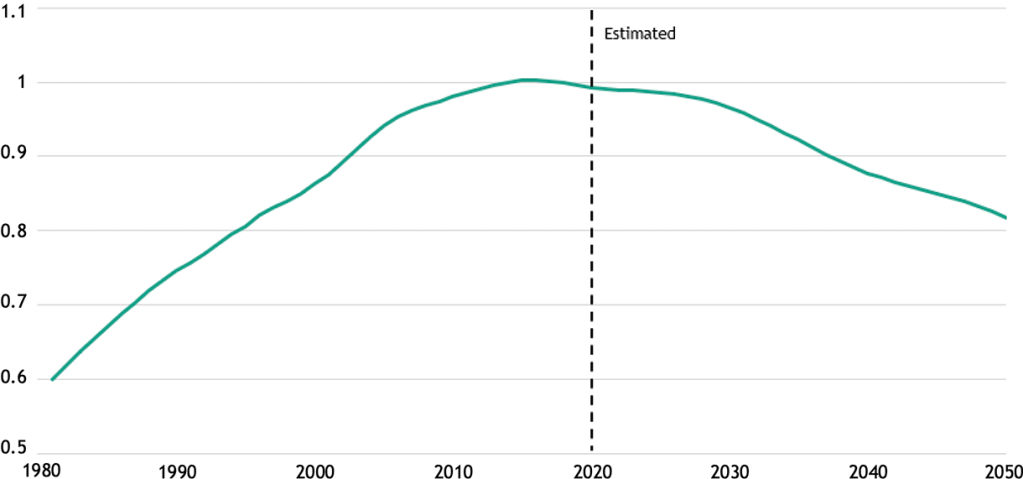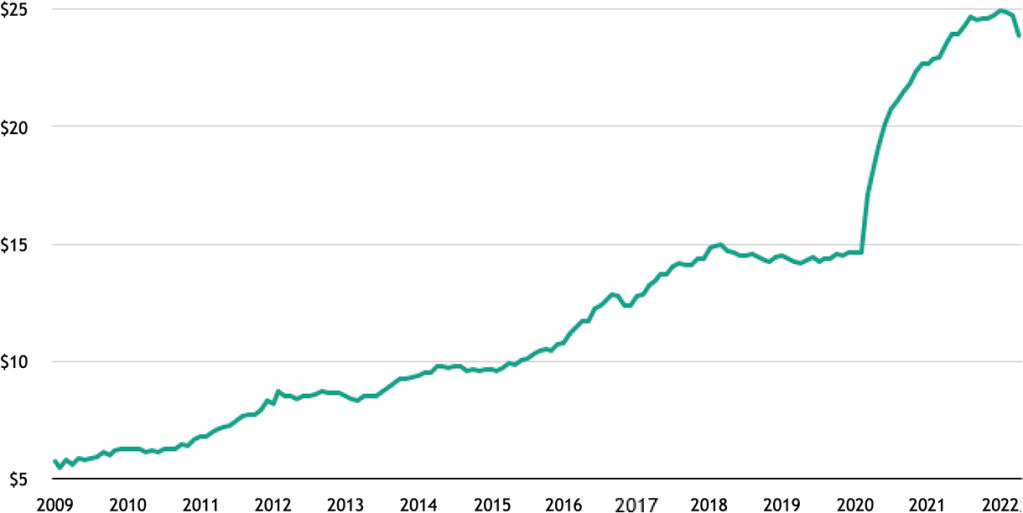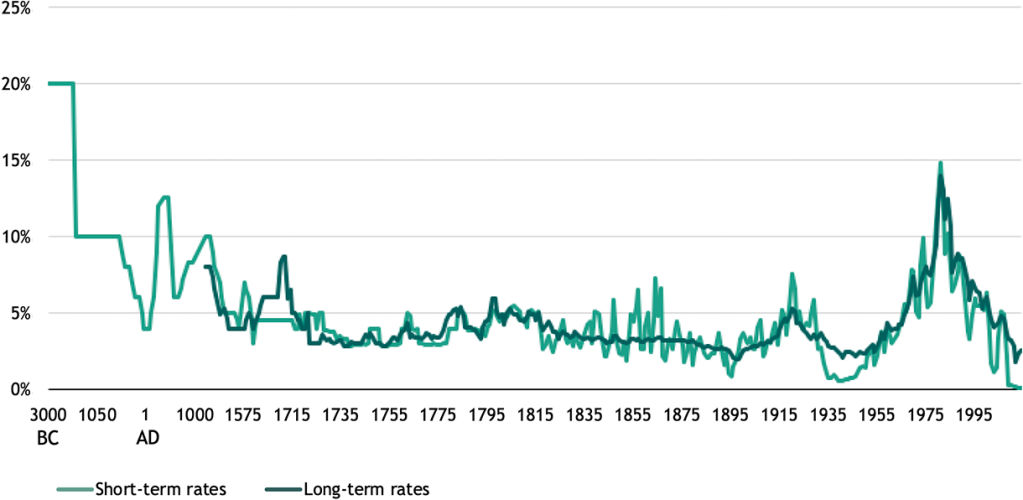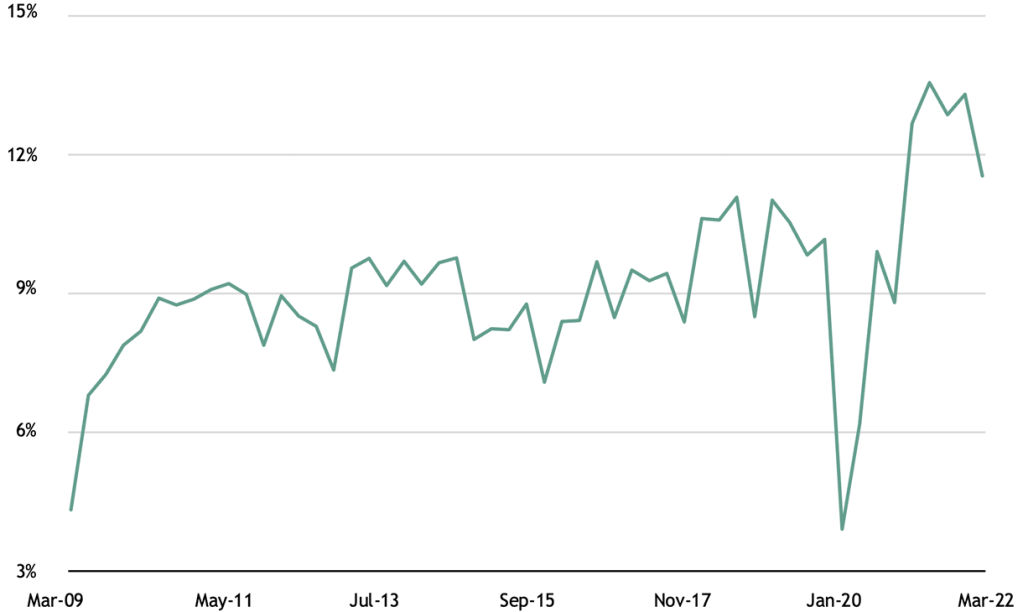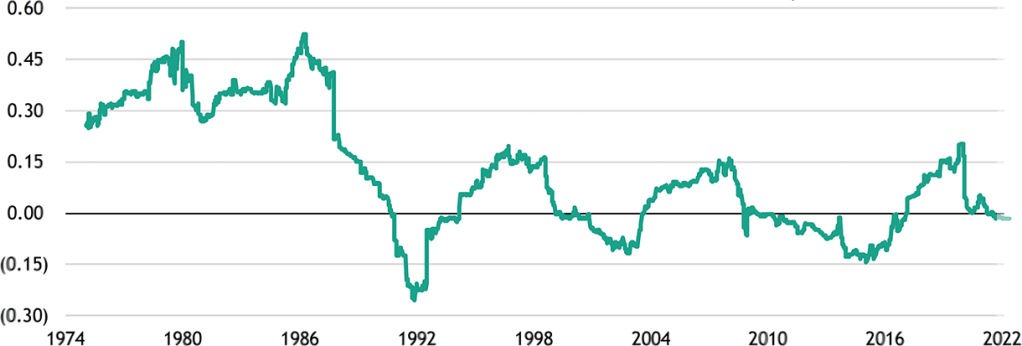In 1998, the band Semisonic released the song “Closing Time.” It became an unofficial anthem for many a young college grad, and almost 25 years later, the song is still played in bars everywhere at last call thanks to its timeless message: “You don’t have to go home but you can’t stay here…” It’s the final line of the song, “every new beginning comes from some other beginning’s end,” that reveals a deeper meaning, one about life’s transitions.
I remember thinking that Semisonic must be intellectual heavyweights. But that line is attributed to a first-century Roman philosopher, Seneca the Younger. Seneca’s deceptively simple idea, that every end leads to a new beginning, is relevant to understanding the volatility across asset classes in the last 12 months: The end of a liquidity cycle is the beginning of a coordinated global tightening cycle.
While it is daunting to think that the days of easy money and the “everything rally” are over, this ending marks the start of a new environment that will come with its own opportunities. The new environment will feature dispersion across asset classes, portfolio performance, companies and sectors. It will require a different approach than the traditional 60/40 portfolio of stocks and bonds. More broadly, it will require creativity, high-conviction investing and a renewed look for uncorrelated assets. If ultra-low interest rates and balance sheet expansion benefited beta strategies, monetary tightening will require more active, selective investing, i.e., alpha, to deliver outperformance.

Cutting Through the Noise: The Long-Term Case for Data Centers | The Connection
May 01, 2025

